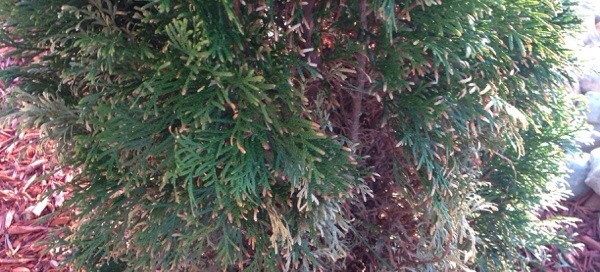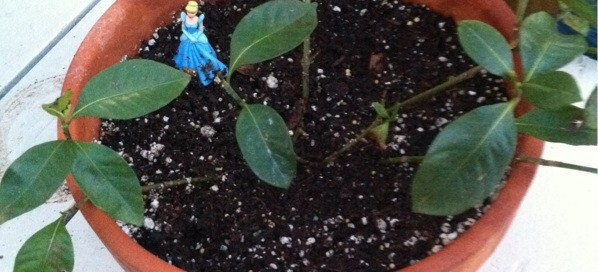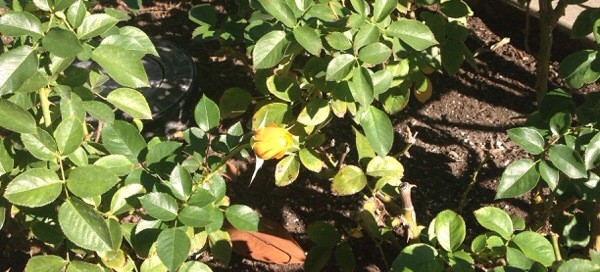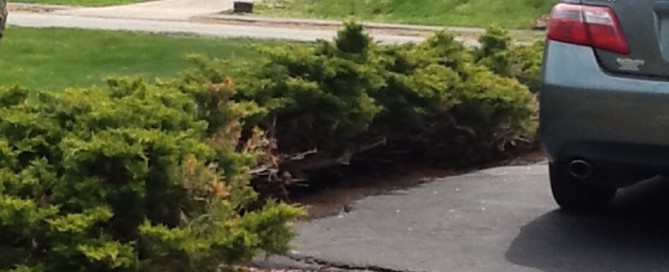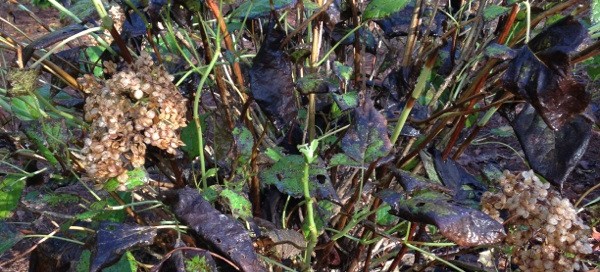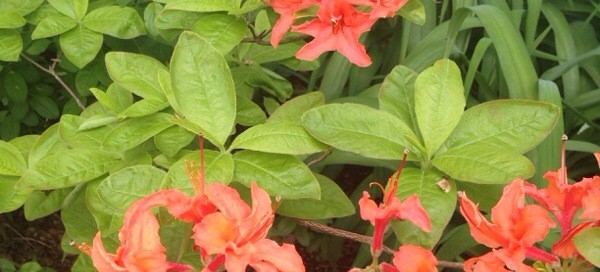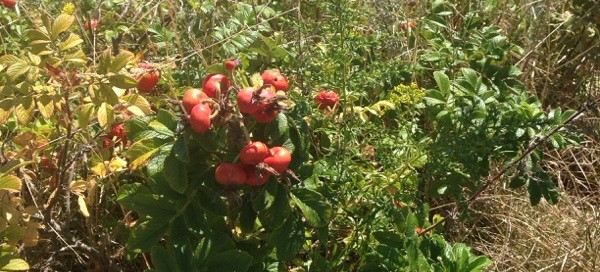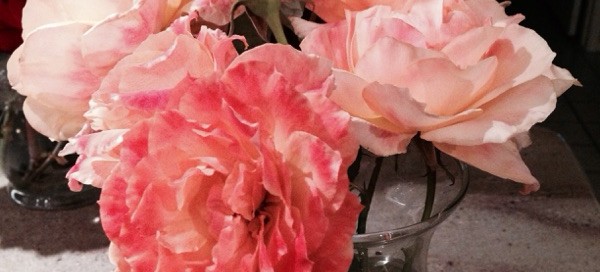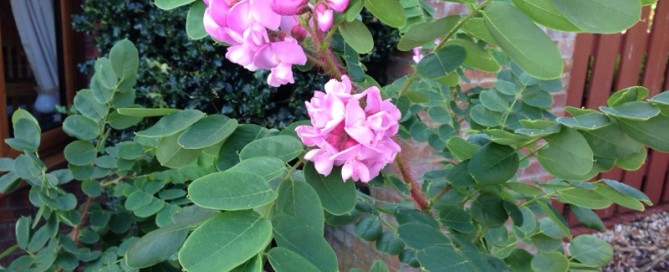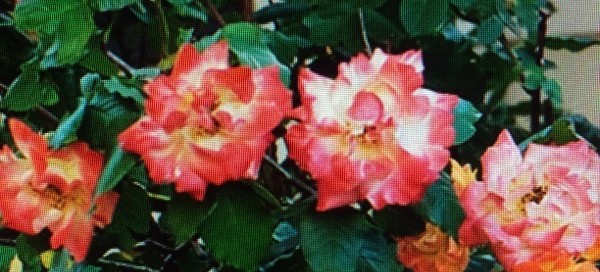Arborvitae Dieback
From this shot, it looks like the plant is a pyramidalis arborvitae (Thuja occidentalis 'Fastigiata'). Check the trunk at the soil line to make sure it's not injured or damaged.
Occasionally pests such as spider mites are an issue - you can check for them by placing a white sheet of copy paper under a branch and shaking the branch slightly. If present, the spider mites will fall onto the paper and should be easily spotted. Look for other signs, such as webs for spiders, tunneling on the stems and leaves, leaf miners and wet sticky sap that might be a sign of aphids. If you discover a pest, your local garden center or nursery can help you determine effective solutions. (Never spray without knowing what your pest is, because that, too can cause browning!)
